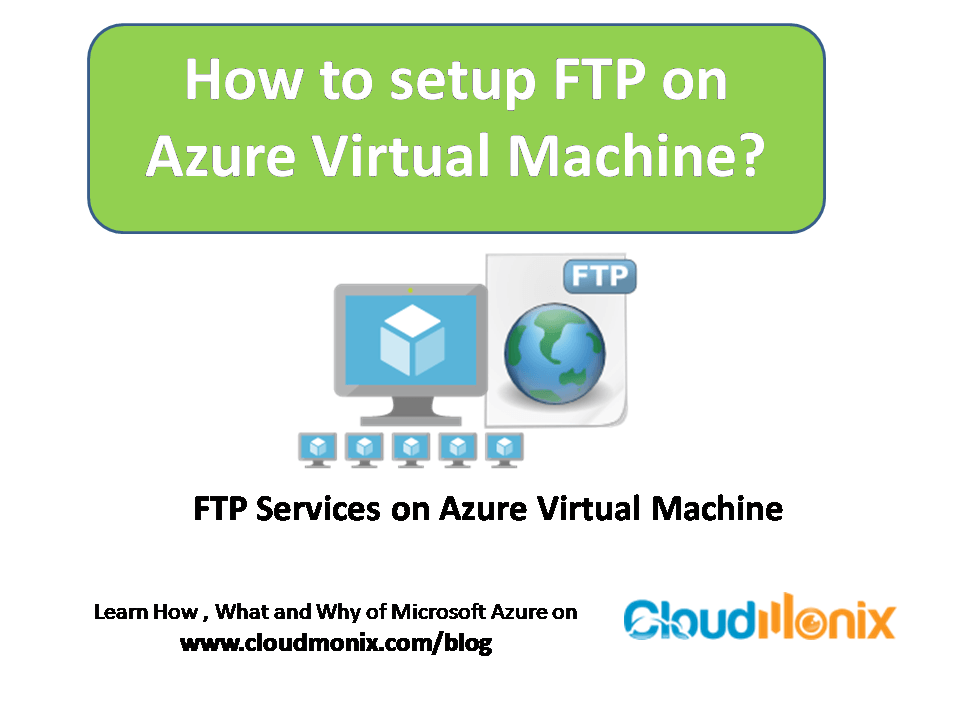Azure Rdp Pricing
Set up and Configure a new Azure Resource Manager VM to RDP via port 3389 to the Remote Desktop Access. The guide also looks at why remote desktop CALs might be needed in addition to regular local access licenses. Whether you need a Windows Server 2012 Remote Desktop Services 1-user CAL or a Windows Server 2016 20-User RDS CAL, you’ll receive delivery within 30 minutes during business hours when you order from us.
- If you’re using a PAYG(Pay as you go) machine, no CAL is needed. All licensing is included in the per-minute billing and is done as core-based, not CAL.
- If you’re using a BYOL(Bring your own license) machine, all licensing is being handled by your Enterprise Agreement volume license subscription. You need to maintain the appropriate CALs as per your usage/access needs.
- If you are referring to having SQL Server manually installed on a Windows Server VM using your own licensing, then the licensing requirements are the same as an on-premises environment, with the added condition of the license requiring License Mobility to be brought into Azure i.e Software Assurance
Note:This is all relating to the SQL Server licensing aspect. The Windows Server licenses are all being taken care of as part of the normal the VM compute costs – There is no need for any additional licensing there unless you’re needing more than two RDP sessions open at the same time. In that case, you would need to configure it as a Remote Desktop Services session host and utilize RDS/RDP CALs to increase this limit.
- When exactly do we need the CAL licenses for SQL serve, if the client is accessing the database indirectly do we still need the CAL licenses ?
Yes, if you’re utilizing CAL licensing instead of core-based, then you would need to account for the total number of potential users accessing the database, even indirectly (i.e. multiplexing). If this will be a large number or impossible to predict (such as if it’s open-ended to your customers and you don’t know the total number of potential users) then you should use core-based licensing. This is the type that will be used automatically with the Pay-as-you-go option. - Also remote desktop service session host require CAL’s , for an Azure VM do we have to procure them separately incase we require more than 2 concurrent connections ?
Yes, you’d still need to procure the additional RDP CAL licensing if you’ll need more than two concurrent RDP connections to the virtual machine.

For any further information related to Microsoft products, you can reach out to us by creating a ticket at Foetron Support Portal. To stay updated with new features related to office365 and other Microsoft products, you can subscribe to our youtube channel Foetron Cloud Academy
-->Important
Azure Cloud Services (extended support) is a new Azure Resource Manager based deployment model for the Azure Cloud Services product. With this change, Azure Cloud Services running on the Azure Service Manager based deployment model have been renamed as Cloud Services (classic) and all new deployments should use Cloud Services (extended support).
Azure Rdp Pricing System
Remote Desktop enables you to access the desktop of a role running in Azure. You can use a Remote Desktop connection to troubleshoot and diagnose problems with your application while it is running.
You can enable a Remote Desktop connection in your role during development by including the Remote Desktop modules in your service definition or you can choose to enable Remote Desktop through the Remote Desktop Extension. The preferred approach is to use the Remote Desktop extension as you can enable Remote Desktop even after the application is deployed without having to redeploy your application.
Azure Rdp Licensing
Configure Remote Desktop from the Azure portal
The Azure portal uses the Remote Desktop Extension approach so you can enable Remote Desktop even after the application is deployed. The Remote Desktop settings for your cloud service allows you to enable Remote Desktop, change the local Administrator account used to connect to the virtual machines, the certificate used in authentication and set the expiration date.
Click Cloud Services, select the name of the cloud service, and then select Remote Desktop.
Choose whether you want to enable Remote Desktop for an individual role or for all roles, then change the value of the switcher to Enabled. Nds emulators for mac.
Fill in the required fields for user name, password, expiry, and certificate.
Warning
All role instances will be restarted when you first enable Remote Desktop and select OK (checkmark). To prevent a reboot, the certificate used to encrypt the password must be installed on the role. To prevent a restart, upload a certificate for the cloud service and then return to this dialog.
In Roles, select the role you want to update or select All for all roles.
When you finish your configuration updates, select Save. It will take a few moments before your role instances are ready to receive connections.
Remote into role instances
Once Remote Desktop is enabled on the roles, you can initiate a connection directly from the Azure portal:
Click Instances to open the Instances settings.
Select a role instance that has Remote Desktop configured.
Click Connect to download an RDP file for the role instance.
Click Open and then Connect to start the Remote Desktop connection.
Note
If your cloud service is sitting behind an NSG, you may need to create rules that allow traffic on ports 3389 and 20000. Remote Desktop uses port 3389. Cloud Service instances are load balanced, so you can't directly control which instance to connect to. The RemoteForwarder and RemoteAccess agents manage RDP traffic and allow the client to send an RDP cookie and specify an individual instance to connect to. The RemoteForwarder and RemoteAccess agents require that port 20000* is open, which may be blocked if you have an NSG.
Azure
Additional resources
